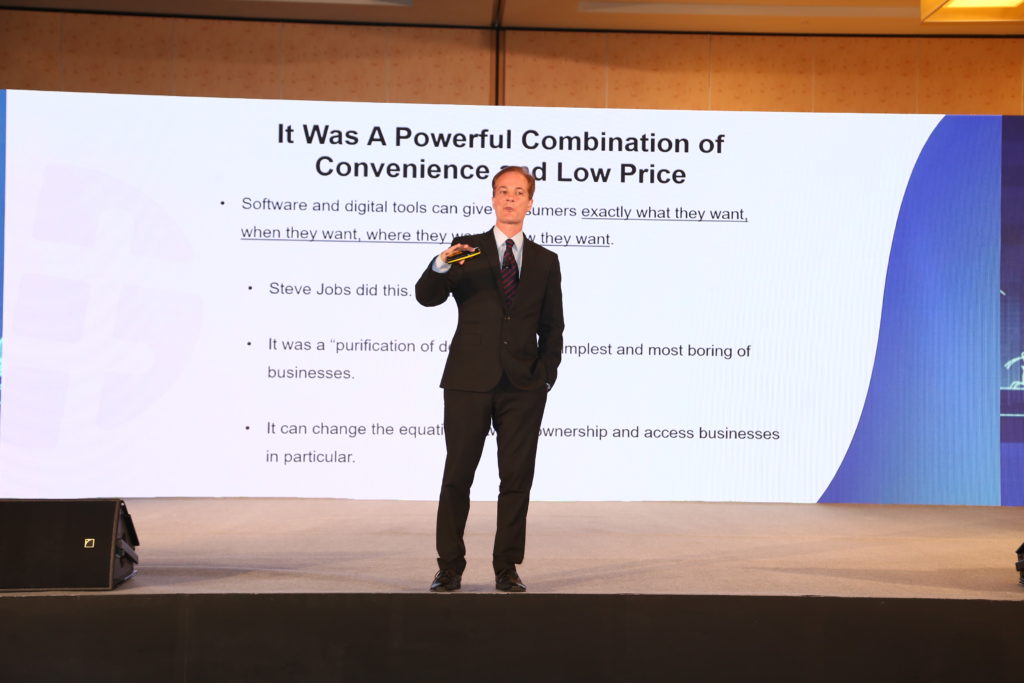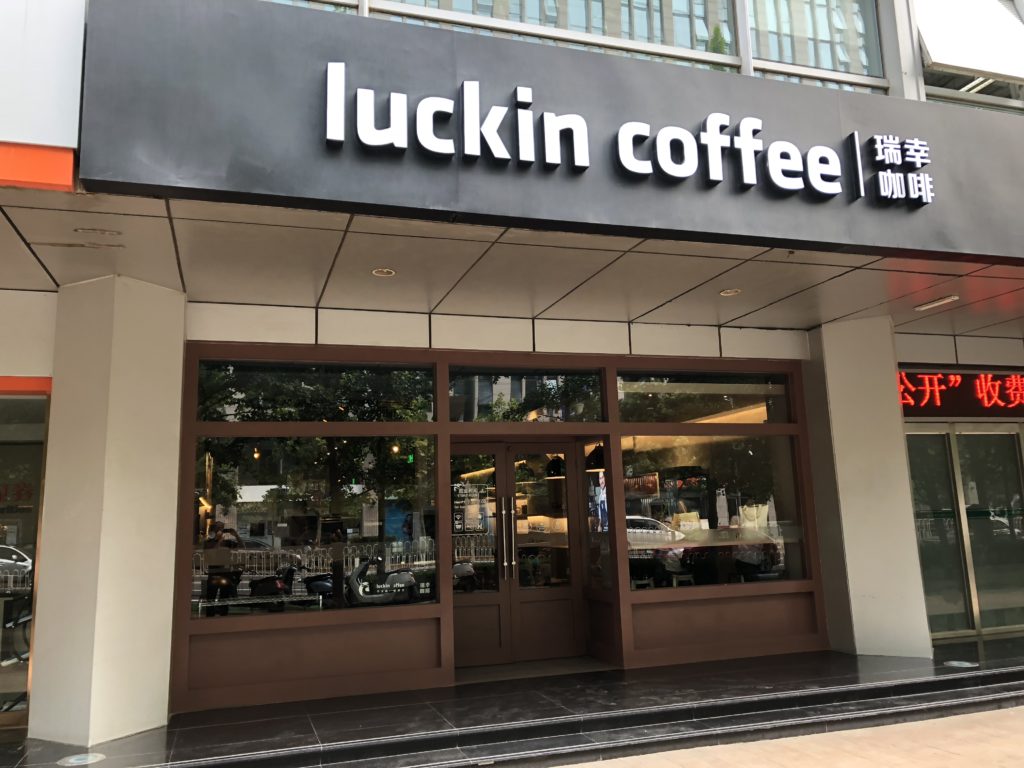In Part 1 and Part 2, I described my visit to several Luckin Coffee outlets and a couple strategies for how they can beat Starbucks in China – which is their stated goal.
However, this isn’t really necessary. As their CEO Qian Zhiya has said, coffee consumption per capita in China is about 4-5 cups per year. While it is 750 in Europe. And about 400 in the USA. So the big opportunity is increased consumption. They don’t need to beat Starbucks to win big in China. They just need more people to drink coffee.
Which brings us back to the three most important things I think Luckin is doing:
#1 Cost innovation: They are dropping the price from 35RMB to 25RMB for a typical drink.
Cost innovation is really a powerful approach for China. You take a product or service that is affordable to a small part of the population and make it available to a lot more. Xiaomi did this with the iPhone and quickly became the top smartphone maker in China (for a while). China Mobile did this with a lower price mobile service and increased their user base by over a hundred million people in about a year.
Starbucks is selling a luxury product, a comfortable location and an experience (going to get a coffee with friends). It is not just the product. It is the experience.
Luckin is dropping the price of this product plus experience and bringing it to a much larger population. Keep in mind, 35 rmb for a latte is very expensive for most of China. These are basically the same prices as in New York and London but China has a a GDP per capita 1/6th that of the USA.
Luckin is offering a much lower price point – and this could open up the market dramatically.
#2 They are opening lots of stores, pushing digital and making it really convenient.
By opening a lot of outlets and selling to customers through their smart phones, they are making it really convenient to order, pick-up and deliver. Low price plus increased convenience is a great strategy for consumer China.
You see this strategy in a lot in digital China. JD and Amazon make it simple to order, pay and get your product. And of course, you can do it all from your phone. Mobike really pushed convenience by literally putting millions of bikes on the streets. Luckin putting in +500 stores similarly will increase convenience. There is always one near you.
#3 Price effect: They are using capital to acquire customers.
One of the first things you see in the Luckin app, outlets and advertisements are offers to buy two and get one free. Or to buy five and get five free. And as people don’t normally drink two cups of coffee, this is about getting customers to bring in other customers (and get a group discount). I’m assuming they using a lot of their raised capital for this (and to open outlets).
It’s a typical digital play. Pinduoduo gives customers discounts based on getting friends to buy along with you. Paypal famously signed up people by offering them $50(?) free in their new accounts.
For retail coffee, there are probably a couple of benefits to this.
- You get more customers drinking coffee. Many for the first time?
- You get them used to caffeine and sugar, which are addictive (think coffee, Coca-Cola, Red Bull, etc.)
- Maybe you get them into a daily habit of going to get a cup (habit formation is a big deal).
- Everyone signs up and buys via the app so you build in customer stickiness via software.
Overall, you are going for what Warren Buffett calls a “share of the consumer mind”. You want your product or service to become integrated into people’s daily lives.
***
A couple of final points:
Retail coffee is not a winner-take-all business. You aren’t going to see only 1-2 winners like you do in ride-sharing, search and social media. We could easily have 5-10 big retail coffee chains across China. The biggest problem these companies have is not fighting each other. It is opening lots of stores and increasing coffee consumption by Chinese consumers.
What Luckin really needs is a way to open 3,000-4,000 stores quickly and get lots of consumer attention. And they seem to be doing the right stuff in this regard.
- They are generating lots of press. They seem to be particularly good at this.
- They are opening tons of outlets quickly. They seem shockingly good at this.
- They have picked a fight with a big famous (and foreign) company. That is a great way to get noticed. The lawsuit also probably helps in this regard.
- They are raising lots of money and focusing on consumer usage. They are not behaving like a traditional business that is planning on growing based on positive cash flow. They are operating more like an internet company funded by venture capitalists. They are raising rounds and going for scale, traffic and market share. The profits will come later.
I think this will work in the short-term. Chinese consumers will try them out. They are fickle and love new stuff. What will happen in the longer-term is less clear.
- Maybe they will get lots of adoption, build a national chain and end up with a stable, profitable business?
- Maybe they will get acquired by a bigger company? Perhaps as part of a “new retail” strategy?
- Maybe they will inspire lots of copycats and we will see a wave of competitors?
- Maybe the hype will fade over time and Chinese consumers will move on to the next cool thing?
Who knows? Consumer China is immensely profitable. But it’s also pretty unpredictable. We shall see. In the meantime, I’m going to take advantage of investor subsidized coffee. 🙂
Thanks for reading, jeff
- My Visit to Luckin Coffee: Starbucks’ First Serious Challenger in China. (Pt 1 of 3)
- How Luckin Coffee Can Beat Starbucks in China (Pt 2 of 3)
———
I write, speak and consult about how to win (and not lose) in digital strategy and transformation.
I am the founder of TechMoat Consulting, a boutique consulting firm that helps retailers, brands, and technology companies exploit digital change to grow faster, innovate better and build digital moats. Get in touch here.
My book series Moats and Marathons is one-of-a-kind framework for building and measuring competitive advantages in digital businesses.
Note: This content (articles, podcasts, website info) is not investment advice. The information and opinions from me and any guests may be incorrect. The numbers and information may be wrong. The views expressed may no longer be relevant or accurate. Investing is risky. Do your own research.



